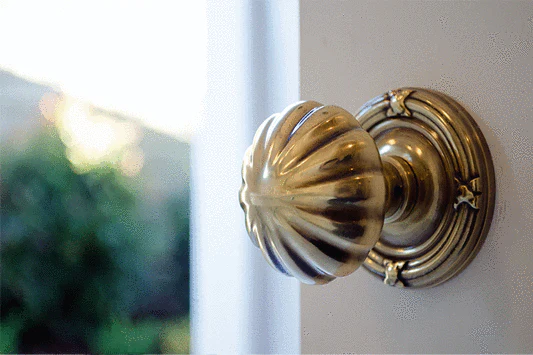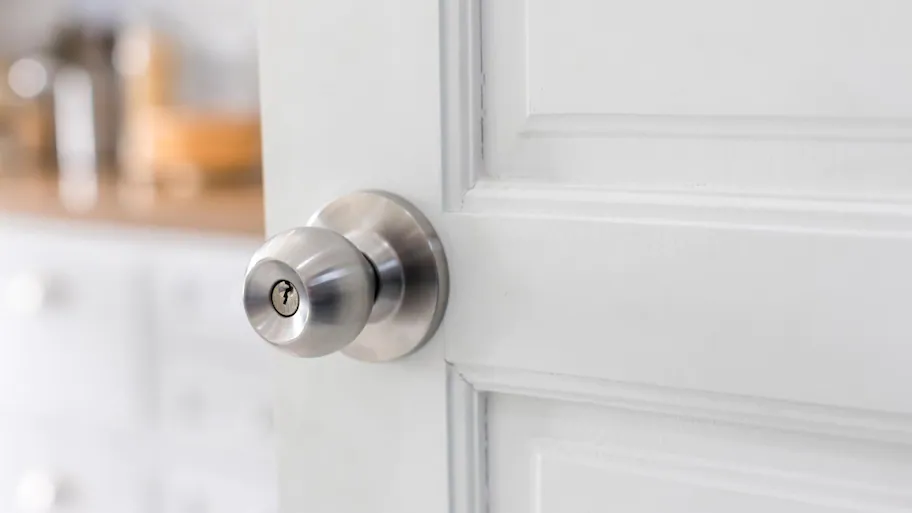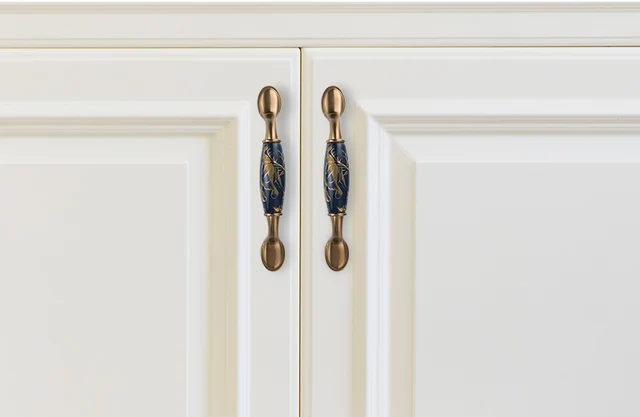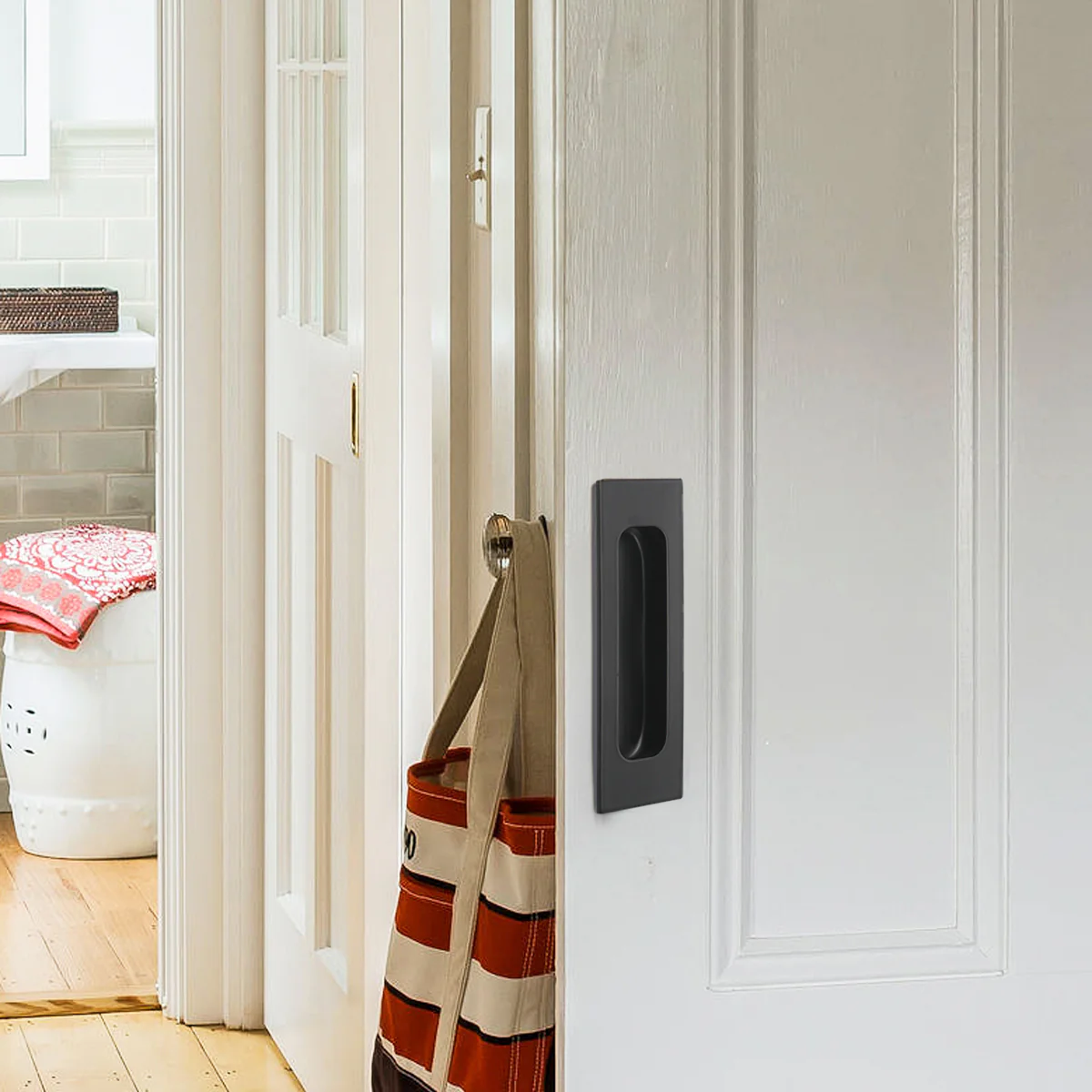When it comes to selecting the hardware for closet doors, homeowners often face a common dilemma—choosing between door knobs and door handles. Both options have their own advantages and considerations, making the decision challenging. In this essay, we will explore the pros and cons of closet door knobs and door handles, delve into factors to consider when making a choice, discuss design and functionality aspects, and provide practical tips to help homeowners navigate this dilemma.
Closet Door Knobs

Features and Types of Closet Door Knobs
- Design variety: Closet door knobs come in a wide range of designs, allowing homeowners to choose a style that suits their personal taste and complements their room decor. From sleek and modern to ornate and traditional, there are options available to match any interior design aesthetic.
- Material selection: Closet door knobs are available in various materials, including metal, glass, ceramic, and wood. Each material offers its own unique look and feel, allowing homeowners to create a cohesive design scheme or add visual interest to the space.
- Finishes and colors: Door knobs can be found in a variety of finishes and colors, providing even more options for customization. Common finishes include brushed nickel, polished chrome, antique brass, and black. The choice of finish can greatly impact the overall appearance of the closet doors and tie in with other hardware and decor elements in the room.
- Functional considerations: While door knobs primarily serve as a decorative element, their functionality should not be overlooked. Features such as smooth operation, durability, and ease of grip are important factors to consider when selecting closet door knobs. It is crucial to choose knobs that are comfortable to use and can withstand regular wear and tear.
- Privacy options: Some closet door knobs come with built-in privacy features, such as a locking mechanism or indicator. These options can be useful for closets that require additional privacy, such as those storing personal belongings, valuables, or clothing items that need to be kept separate from the rest of the room.
-
Child-safe designs: For households with young children, child-safe door knobs are available. These knobs typically have added safety features, such as childproof locks or designs that are more difficult for small hands to operate. These child-safe options help ensure the safety of the little ones and prevent them from accessing restricted areas.
Pros and Cons of Closet Door Knobs

Pros:
- Classic and timeless design that can enhance the overall aesthetics of a room.
- Variety of designs, finishes, and materials to choose from, allowing for customization.
- Can add a touch of elegance and sophistication to the space.
- Generally less expensive compared to door handles.
- Can be easily replaced or updated without significant cost or effort.
Cons:
- Limited accessibility, making it difficult for individuals with limited hand mobility or small children to grasp.
- Requires clearance space around them to open and close properly, which can be problematic in smaller rooms.
- May pose difficulties in accessing frequently used or larger items inside the closet.
- Can be less ergonomic compared to door handles, leading to potential discomfort during use.
- Round shape and small size may not provide a secure grip, especially when hands are wet or slippery.
Closet Door Handles
Features and Types of Closet Door Handles
- Material selection: Handles can be found in different materials, such as metal, wood, or acrylic. Each material offers its own unique look and feel, allowing for customization and the ability to create a cohesive design scheme.
- Finishes and colors: Closet door handles come in various finishes and colors, providing even more options for customization. Common finishes include brushed nickel, matte black, polished chrome, and bronze. The choice of finish can greatly impact the overall appearance of the closet doors and tie in with other hardware and decor elements in the room.
- Ergonomic design: Door handles are designed to be ergonomic and easy to grip, making them more accessible for individuals with limited hand mobility or small children. The lever-like design allows for a smooth and effortless operation of the closet doors.
- Space efficiency: Handles are typically more space-efficient compared to door knobs as they require less clearance space around them to operate. This makes them an ideal choice for rooms with limited space or when furniture placement is a consideration.
-
Security options: Some closet door handles come with built-in locks or privacy mechanisms, allowing homeowners to secure their closets if needed. This can be particularly useful for closets storing valuable items or for those seeking added privacy.
Pros and Cons of Closet Door Handles
Pros:
- Ergonomic design allows for easy operation, even with full hands or when one hand is occupied.
- Sleek and streamlined appearance that adds a modern touch to the space.
- Less likely to snag clothing or accessories due to their design.
Cons:
- May require more force or grip strength to operate compared to turning a knob.
- Some handle designs may not offer as wide a range of aesthetic options as closet door knobs.
- Handles may protrude further from the door, potentially taking up more space in tight areas.
Factors to Consider when Choosing between Knobs and Handles
- Accessibility: Consider who will be using the closet doors. Knobs can be more challenging for individuals with limited hand mobility or small children to grasp, while handles offer a more ergonomic design that is easier to grip and operate.
- Space Constraints: Evaluate the available space around the closet doors. Knobs require clearance space to open and close properly, which can be problematic in smaller rooms or when furniture placement is a consideration. Handles are typically more space-efficient and can be a better choice in tight spaces.
- Design and Aesthetics: Consider the overall design aesthetic of the room and the desired style for the closet doors. Knobs offer a classic and timeless look that can enhance the overall aesthetics, while handles provide a modern and sleek appearance. Choose the option that aligns with the desired visual appeal.
- Functionality: Think about the practicality of each option. Knobs may be suitable for closets that don’t require frequent access or for decorative purposes. Handles are more user-friendly and convenient for closets that need to be accessed regularly, such as those storing clothing or supplies.
- Safety and Security: Consider whether security is a concern for the closet. Handles often come with built-in locks or privacy mechanisms, providing an added level of security. This can be beneficial for closets storing valuable items or for those seeking additional privacy.
- Compatibility: Take into account the existing hardware and decor in the room. Knobs and handles should harmonize with other elements, such as cabinet hardware, faucets, or lighting fixtures. Ensure that the chosen option complements the overall design scheme.
- Budget: Consider the cost implications of each option. Knobs tend to be less expensive than handles, making them a more budget-friendly choice. However, it is essential to balance cost with the desired functionality and aesthetics of the closet doors.


